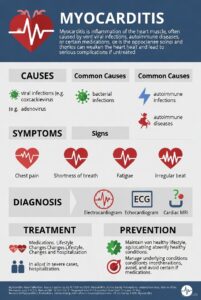-
- Nasogastric, Orogastric, Or Gastrostomy administration
- In children
- Use elixir or suspension (rather than tablet) preparations of medication whenever possible.
- Dilute viscous medication or syrup with a small amount of water if possible.
- If administering tablets, crush tablet to a fine powder and dissolve drug in a small amount of warm water.
- Never crush enteric-coated or sustained-release tablets or capsules.
- Avoid oily medications because they tend to cling to side of tube.
- Do not mix medication with enteral formula unless fluid is restricted. If adding a drug:
- Check with pharmacist for compatibility.
- Shake formula well, and observe for any physical reaction (e.g., separation, precipitation).
- Label formula container with name of medication, dosage, date, and time infusion started
- Check for correct placement of nasogastric (NG) or orogastric (OG) tube
- Attach syringe (with adaptable tip but without plunger) to tube.
- Pour medication into syringe.
- Unclamp tube, and allow medication to flow by gravity.
- Adjust height of container to achieve desired flow rate (e.g., increase height for faster flow).
- As soon as syringe is empty, pour in water to flush tubing.
- Amount of water depends on length and gauge of tubing.
- Determine amount before administering any medication by using a syringe to fill completely an unused NG or OG tube with water. Amount of flush solution is usually 1.5 times this volume.
- With certain drug preparations (e.g., suspensions), more fluid may be needed.
- If administering more than one drug at the same time, flush tube between each medication with clear water.
- Clamp tube after flushing unless tube is left open.
- Advantages
- Ability to administer medications around the clock without disturbing the child
- Disadvantages
- Occlusion, clogging
- Adequate flushing
- In children
- Nasogastric, Orogastric, Or Gastrostomy administration

Reduce Your Risk from Respiratory Viruses This Holiday Season
November 20, 2024, 12:30 PM EST For Everyone NOV. 20, 2024 WHAT TO KNOW Flu, COVID-19, and RSV illnesses are at low levels right now



